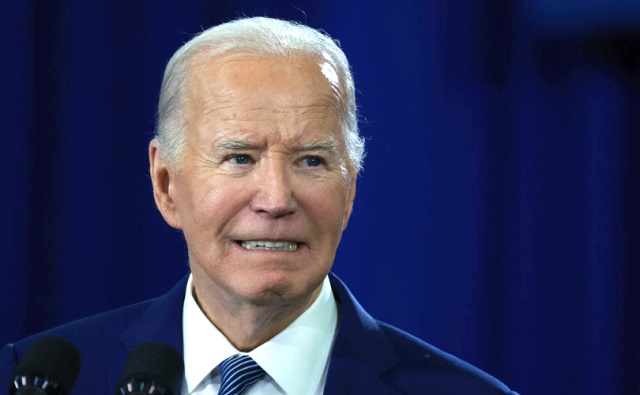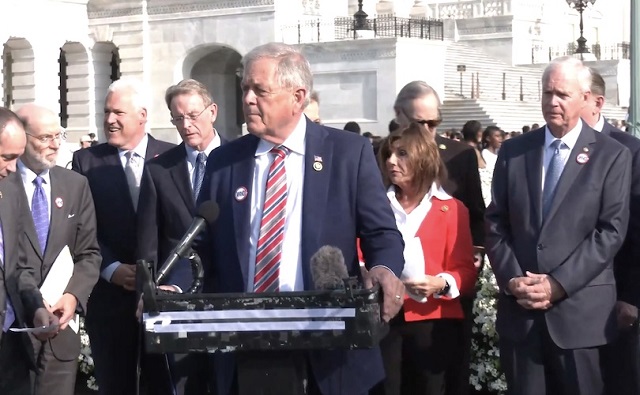Community
Council’s role in Advocacy

Municipal governments are indeed the government closest to the people and that connection means that we ought to be the strongest voice for our citizens regardless of what jurisdiction certain issues lie in. Despite healthcare being in the provincial jurisdiction it is an obligatory role of Council’s to stand up to the province, and make it clear that what is going on and inequity in funding is unacceptable. The Red Deer City Council has done a fine job in advocating the need to deal with the issues that the Red Deer Regional Hospital has been and is facing.
However, Council’s efforts can’t stop there. We must continue to champion the ways in which Red Deer citizen’s quality of life can be improved. The carbon tax is hurting all of us and the vast majority of our people oppose it. The additional costs on our natural gas bills and fuel alone have impacted everyone. Even those at the low income level are having difficulty despite receiving rebates. Our city was built by, and is made up of, industrious forward thinking people willing to work hard, but we have been negatively impacted by various economic challenges over the last 2 and a half years. Our Council must stand up to the province on this front as well and be advocates for our people.
We must also stand up for the Red Deer College. At this time we are unfortunately losing very talented students to Calgary and Edmonton. The need for a polytechnic university is clear. We have Community demand and we are the largest centre in Western Canada without a degree-granting institution. Let us again be strong advocates for our students and our people.
Additionally, the massive small business changes that the Federal government is issuing will cripple our local small business men and women drastically. The entrepreneurial spirit over the last two and half years has been diminishing greatly. We, as Council, need to strongly oppose these changes and defend the small business owners of our community, who have sacrificed everything to get their businesses up and running. We, once again need to stand up and be an advocate for our people regardless of the jurisdiction legislation originates in.
Lastly, we need to address seniors housing and long term care. We need to be strong advocates to the provincial government to provide local solutions for the lack of capacity. As a future member of council I will be a strong advocate for any senior who wants to stay in their home, believing they should have the opportunity to do so. I will be a strong advocate for couples who should never be separated and I will serve the seniors of our community with the honour, respect, and dignity they deserve.
As a future council member, I will exhaust all avenues to promote what Red Deer citizens are needing and I will challenge every level of government to listen to the people and to act for the people. I will push to advance the initiatives that will ensure a healthy, prosperous, and supportive city that all of us deserve. I will be your voice and your advocate for all of the positive changes and endless opportunities that are possible for the City of Red Deer.
On October 16th please vote for Calvin Goulet-Jones
Community
SPARC Red Deer – Caring Adult Nominations open now!

Red Deer community let’s give a round of applause to the incredible adults shaping the future of our kids. Whether they’re a coach, neighbour, teacher, mentor, instructor, or someone special, we want to know about them!
Tell us the inspiring story of how your nominee is helping kids grow up great. We will honour the first 100 local nominees for their outstanding contributions to youth development. It’s time to highlight those who consistently go above and beyond!
To nominate, visit Events (sparcreddeer.ca)

Addictions
‘Harm Reduction’ is killing B.C.’s addicts. There’s got to be a better way

From the Frontier Centre for Public Policy
B.C. recently decriminalized the possession of small amounts of illicit drugs. The resulting explosion of addicts using drugs in public spaces, including parks and playgrounds, recently led the province’s NDP government to attempt to backtrack on this policy
Fuelled by the deadly manufactured opioid fentanyl, Canada’s national drug overdose rate stood at 19.3 people per 100,000 in 2022, a shockingly high number when compared to the European Union’s rate of just 1.8. But national statistics hide considerable geographic variation. British Columbia and Alberta together account for only a quarter of Canada’s population yet nearly half of all opioid deaths. B.C.’s 2022 death rate of 45.2/100,000 is more than double the national average, with Alberta close behind at 33.3/100,00.
In response to the drug crisis, Canada’s two western-most provinces have taken markedly divergent approaches, and in doing so have created a natural experiment with national implications.
B.C. has emphasized harm reduction, which seeks to eliminate the damaging effects of illicit drugs without actually removing them from the equation. The strategy focuses on creating access to clean drugs and includes such measures as “safe” injection sites, needle exchange programs, crack-pipe giveaways and even drug-dispensing vending machines. The approach goes so far as to distribute drugs like heroin and cocaine free of charge in the hope addicts will no longer be tempted by potentially tainted street drugs and may eventually seek help.
But safe-supply policies create many unexpected consequences. A National Post investigation found, for example, that government-supplied hydromorphone pills handed out to addicts in Vancouver are often re-sold on the street to other addicts. The sellers then use the money to purchase a street drug that provides a better high — namely, fentanyl.
Doubling down on safe supply, B.C. recently decriminalized the possession of small amounts of illicit drugs. The resulting explosion of addicts using drugs in public spaces, including parks and playgrounds, recently led the province’s NDP government to attempt to backtrack on this policy — though for now that effort has been stymied by the courts.
According to Vancouver city councillor Brian Montague, “The stats tell us that harm reduction isn’t working.” In an interview, he calls decriminalization “a disaster” and proposes a policy shift that recognizes the connection between mental illness and addiction. The province, he says, needs “massive numbers of beds in treatment facilities that deal with both addictions and long-term mental health problems (plus) access to free counselling and housing.”
In fact, Montague’s wish is coming true — one province east, in Alberta. Since the United Conservative Party was elected in 2019, Alberta has been transforming its drug addiction policy away from harm reduction and towards publicly-funded treatment and recovery efforts.
Instead of offering safe-injection sites and free drugs, Alberta is building a network of 10 therapeutic communities across the province where patients can stay for up to a year, receiving therapy and medical treatment and developing skills that will enable them to build a life outside the drug culture. All for free. The province’s first two new recovery centres opened last year in Lethbridge and Red Deer. There are currently over 29,000 addiction treatment spaces in the province.
This treatment-based strategy is in large part the work of Marshall Smith, current chief of staff to Alberta’s premier and a former addict himself, whose life story is a testament to the importance of treatment and recovery.
The sharply contrasting policies of B.C. and Alberta allow a comparison of what works and what doesn’t. A first, tentative report card on this natural experiment was produced last year in a study from Stanford University’s network on addiction policy (SNAP). Noting “a lack of policy innovation in B.C.,” where harm reduction has become the dominant policy approach, the report argues that in fact “Alberta is currently experiencing a reduction in key addiction-related harms.” But it concludes that “Canada overall, and B.C. in particular, is not yet showing the progress that the public and those impacted by drug addiction deserve.”
The report is admittedly an early analysis of these two contrasting approaches. Most of Alberta’s recovery homes are still under construction, and B.C.’s decriminalization policy is only a year old. And since the report was published, opioid death rates have inched higher in both provinces.
Still, the early returns do seem to favour Alberta’s approach. That should be regarded as good news. Society certainly has an obligation to try to help drug users. But that duty must involve more than offering addicts free drugs. Addicted people need treatment so they can kick their potentially deadly habit and go on to live healthy, meaningful lives. Dignity comes from a life of purpose and self-control, not a government-funded fix.
Susan Martinuk is a senior fellow at the Frontier Centre for Public Policy and author of the 2021 book Patients at Risk: Exposing Canada’s Health Care Crisis. A longer version of this article recently appeared at C2CJournal.ca.
-

 Health2 days ago
Health2 days agoTransgender activists are threatening the author of scathing UK report on child ‘sex changes’
-

 conflict1 day ago
conflict1 day agoCol. Douglas Macgregor torches Trump over support for bill funding wars in Ukraine and Israel
-

 Frontier Centre for Public Policy1 day ago
Frontier Centre for Public Policy1 day agoThe end of Canada: The shift from democracy to totalitarian behavior in the ‘pandemic era’
-

 COVID-192 days ago
COVID-192 days agoInquiry shows Canadian gov’t agencies have spent $10 million on social media ads for COVID jabs
-

 International1 day ago
International1 day agoBiden admin expands Title IX to include ‘gender identity,’ sparking conservative backlash
-

 Alberta1 day ago
Alberta1 day agoAlberta’s baby name superstar steals the show again
-

 Alberta11 hours ago
Alberta11 hours agoActivity-Based Hospital Funding in Alberta: Insights from Quebec and Australia
-

 Business10 hours ago
Business10 hours agoUN plastics plans are unscientific and unrealistic





